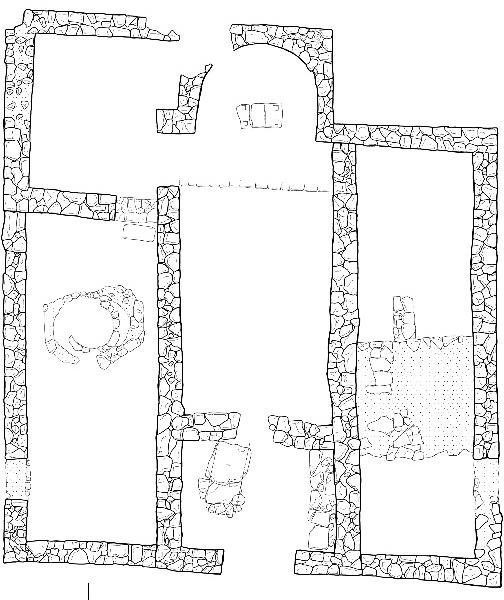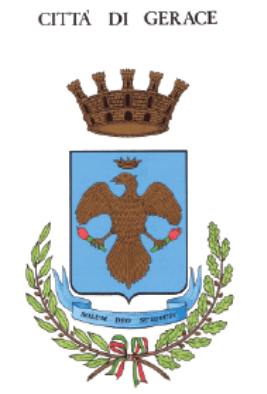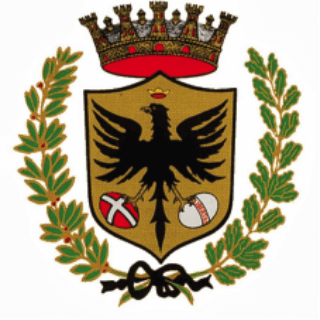
At the Doci site in Gornja Vitina in 1956, D. Sergejevski excavated the remains of an early Christian church 13.10 x 11.37 m, oriented east-west. The church consisted of a nave with an apse and side rooms on the south and north sides. A double vaulted tomb was discovered inthe southern part, and the remains of the altar base in the central part. The walls have been preserved with an average height of up to half a meter. They are built of local limestone, with mortar but no stone processing. No baptistery or elements of architectural decoration and church furniture were found at that stage of the excavation. Subsequent audits during 2013 and 2014 revealed a late antique tomb, and below it two tombs from the outside of an older ancient building. Apparently, the oratorio found by Truhelka was part of a much larger late antique complex. Among the small material, roof tiles, fragments of amphorae, ceramic dishes and glass predominate.





